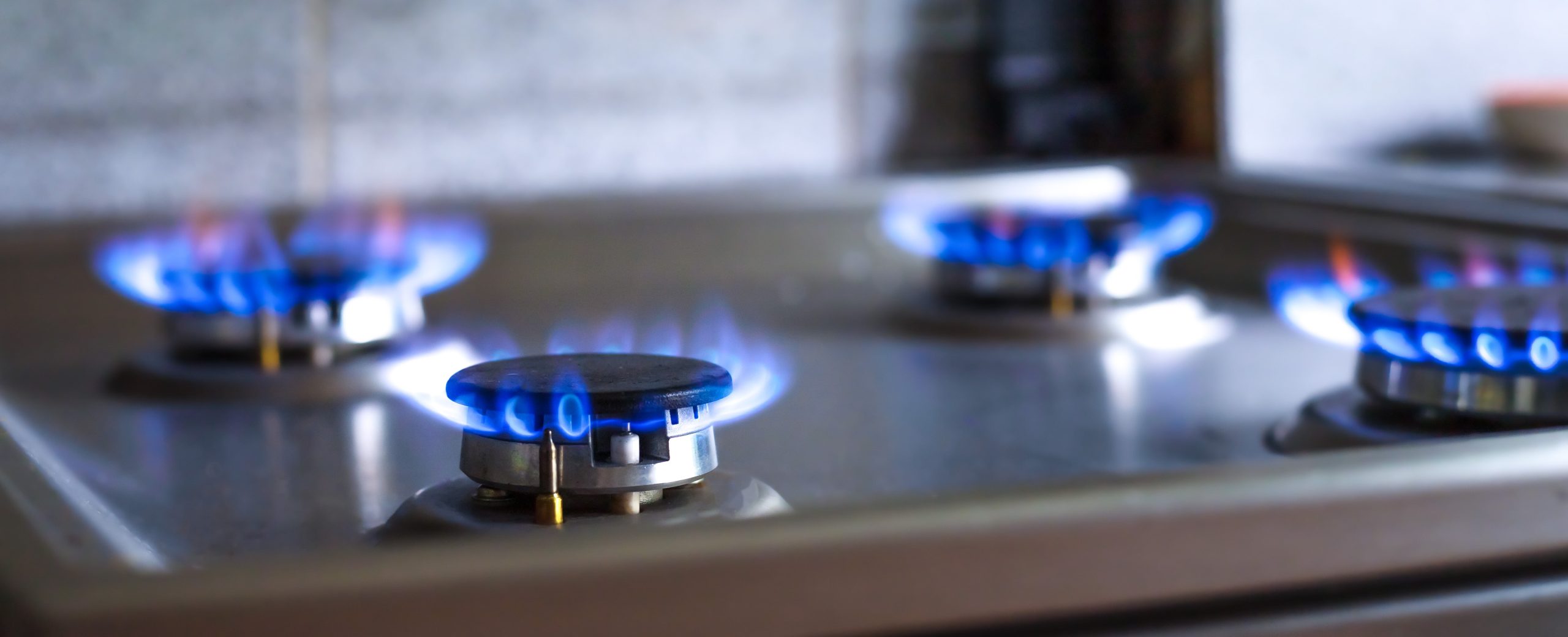
MK Gas Safety
Overview
-
Sectors Textile
Company Description
12 Stats About Gas Safety Certificate Example To Make You Seek Out Other People
How to Get a Gas Safety Certificate Example For Your Property
 Gas safety certificates can help ease buyer concerns and increase your chances of selling your home. What do you need to do to get one of these?
Gas safety certificates can help ease buyer concerns and increase your chances of selling your home. What do you need to do to get one of these?
While some property owners delegate this responsibility to their managing agents, it’s still a landlord’s legal obligation arrange and retain gas safety checks.
The Header
A gas safety certification is a document that certifies that all gas appliances in the property have been inspected and are safe to use by an engineer. Landlords need to obtain gas certificates prior to letting their properties, and it can protect them from being investigated. It also helps put prospective buyers at ease that the property is secure and can be a great selling feature.
While homeowners aren’t required to obtain a gas safety certification but they should ensure that appliances are safe. This will help them protect themselves from costly repairs or carbon monoxide poisoning. It can also keep them from being fined. If they are thinking of selling their property, a gas safety certificate can also aid them since it will make the process easier and increase the odds of selling their home quickly.
When filling out the gas certificate, there are a few important things you should remember. For one, the document must be signed and dated by the engineer who performed the inspection, and include their professional registration number, official stamp, or seal. It must also contain details about the property, all gas appliances in it, as well as their model and make numbers.
After you’ve completed the template for your gas certificate You can print it and then sign it using airSlate SignNow. This lets you comply with eSignature laws, and your signature is secure and legally binding since it’s recorded online.
The Specifics of the Engineer
Gas safety certificates are important for landlords to prove to tenants that the appliances in their home were inspected and found to be safe. They also serve as a record of the date and time the inspection was conducted. A sample gas certificate includes information about the property, appliances, and the engineer that performed the inspection. It also includes different codes that show the condition of each appliance.
The first box on the template contains information about the engineer that conducted the inspection. This includes his name, his ID number, as well as a photocopy his Gas Safe registered Engineer card. It is crucial to confirm whether this information is correct prior to hiring an engineer for an inspection of gas safety.
It also mentions the address of the property at which the inspection was conducted. This is essential to identify the property in the event of any dispute. It is also an obligation of law that the address is properly listed.
In the next section of the template the engineer will outline the results of his inspection. He will evaluate appliances in accordance with their current condition and determine if they are suitable for use. Appliances rated as ID or AR need to be replaced immediately, whereas those that are classified as NCS can still be used, but they must be fixed as soon as possible.
The engineer will issue a certificate to the property if he is convinced that the gas appliances are safe. It can be printed or electronically generated. It is recommended to check your local regulations for any specific requirements regarding the format of a certificate.
The Property’s Details
Landlords are legally required to ensure that all gas appliances, fittings and flues in their rental properties remain safe and fully functioning. To do this, they must schedule annual safety and service checks with a gas engineer. If they don’t have them, they could be fined and even imprisonment. As part of their responsibilities, they must also keep detailed records of their inspections and keep a complete Gas Safety Certificate for each of their properties.
A Gas Safety Certificate template will include several sections which encapsulate the essential information for every check. The first section contains the details of the engineer who carried out the task. This permits it to be compared with his or her identification. The second section gives the exact location of the building or property where the gas work was done. This should be clearly stated to avoid any confusion or misrepresentation in the future. Below is a table that lists all gas appliances that the engineer inspected. The make, model and location of each appliance is outlined in the table together with their current condition and whether they are deemed to be fit for Use (FFU) or not fit for Use (ID).
This section should also list any issues or faults discovered by the engineer, as well as any remedial measures that need to be taken. This will be followed by the date of the inspection, with space for both the engineer and landlord to sign and date the document. The certificate will also have the date of the next inspection at the bottom. It is important that landlords keep a record of each property’s gas safety certificates because they can prove useful in accelerating the conveyancing process when it comes time to sell the home.
The Results of the Inspection
During the inspection, the gas engineer will test and confirm various aspects of a home’s gas systems and appliances. They will test for gas leaks and ensuring that safety devices function properly. The certificate will include the results of these tests. The document may also note whether the property has passed or failed its CP12 inspection.
If the property is in danger of failing the report will detail the specific failures. This document will help homeowners, tenants and landlords know what needs to be addressed so that the property is compliant with applicable standards and regulations.
A typical CP12 certificate will also mention the model and make of the gas appliance or installation that is being examined, as well as its location in the business or home. This will allow you to identify the appliance for purposes of identification and keeping records.
The document will give details on the results of the gas safety inspection. This can include information about the gas tightness combustion performance, flue flow, and any other relevant tests or confirmations. It will also note the engineer’s professional registration number, as well as any official seal or stamp.
It’s essential that homeowners, landlords, and tenants get their CP12 certificates on a regular basis. Gas safety checks help to keep their homes and businesses secure, and they can also detect problems early so that they can be repaired before they become dangerous or costly. A CP12 certification is a simple way to prove that gas appliances and installations have been checked and deemed safe. It’s an important step to ensure that a business or home is safe to live in, work in and visit.
The Recommendations
Gas safety certificates are an essential part of the process of managing properties. They aid in ensuring that all gas appliances within the property are safe to use and do not cause fire or carbon monoxide poisoning. They also demonstrate to tenants that the landlord has complied with the law and taken necessary steps to maintain their property to the highest standards.
It is often difficult to gain access to the property of a tenant for the Gas Safety inspection. It could be because the tenant feels that it is an invasion of their privacy or they are reluctant to allow anyone in their home. It is crucial to convince the tenant that the check is necessary for their safety If this is the case. You can do this by sending an email that explains why the checks are necessary and what will be involved. If this fails, it could be necessary for you to take additional steps like the issue of a Section 21 Notice.
The landlord is responsible for all gas appliances that they own as well as the pipework that connects these to the property. Therefore the inspector should make sure there aren’t gas leaks and that the flues are able discharge gases out of the property. They will also make sure that the combustion is operating properly and that there isn’t any obstructions in the venting passageways.
A CP12 is a form of documentation that must be filed by any individuals or companies involved in the inspection or installation, repair, or maintenance of gas appliances and systems. This includes engineers, plumbers, and any other professional that is competent to work with these systems. By using gas engineer software, it’s possible to create all certificates for industry with the press of a button and keep them safe online. This eliminates the need to restock pads of paper certificates and guarantees that records are automatically organised and never lost.

